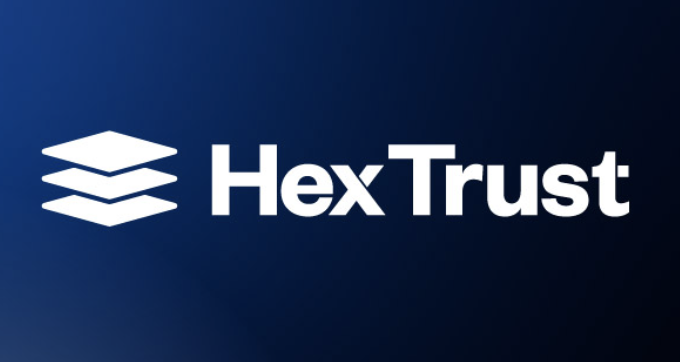
Fintech’s answer to Australian payday problem
TECHINASIA: These are just a few quotes from the media about an industry that has received its fair share of global criticism over the years – the payday lending industry. In Australian media coverage, you’d be hard-pressed to find a positive word spoken about what is described as “the fastest-growing component of Australia’s finance sector” to date. Australia’s leading business publication, the Australian Financial Review, recently reported on Cash Converter’s $23 million double class action settlement, for overcharging customers on interest rates.
A leading state-wide newspaper, the Sydney Morning Herald, outlined the record-breaking $19 million fine handed down to The Cash Store earlier this year, for flouting consumer protection laws.
These legal cases demonstrate the positive impact that legislative reform has had on the industry of late, in helping to lift consumer protections and clean up some industry practices.
However, some enterprising financiers have spotted an opportunity to take this goodwill one step further.
So how is technology being used to create a fairer marketplace for small amount personal financing in the Australian market?
A perception problem
A clear distinction needs to be made between our conceptual notions of “payday lending” as developed through the antiquated practices of individual firms, and the purpose of “small-amount credit contracts” generally – as the product is actually legally termed.
Small-amount credit contracts provide small, short-term financing to those experiencing a cash shortfall between paydays.
This was the experience of 63% of all Australians at one point over the year preceding a recent MoneySmart report by the Australian Securities and Investments Commission (ASIC).
If administered fairly and transparently, small-amount credit contracts are not actually unethical once the (figurative) “consumer bashing” is removed from the equation.
In fact, partaking in these “snack-sized” portions of finance may even be more financially responsible than continuing to indulge in our obsession with accruing ongoing credit card debt, or taking out larger bank loans to make ends meet.
So how does fintech come into the equation?
The fintech movement
What some of the more unscrupulous lenders have unknowingly done is open the door for new entrants to re-shape the industry through the use of superior technology.
Enter, the new wave of fintech.
Internal reference-checking algorithms are able to trawl big data in assessing loan suitability can result in far cheaper loans, presenting an opportunity to undercut significantly on price while preserving profitability.
Gone would be the days of revenue streams extorted from unsuspecting borrowers via charges to receive SMSes, or through deliberately extended repayment periods to multiply account-keeping fees.
Appraisal technology that uses a greater number of touch points than even some of the bigger banks also allows for faster and more accurate assessments, and speedier rejection of unsuitable (and potentially costly) applicants.
And in an increasingly digitalised world of commerce, higher-income, tech-savvy, tech-literate consumers are also becoming far more attracted to mechanisms that facilitate financial transactions on mobile or other hand-held devices.
Not only will online delivery further assist lenders to more readily tap into this growing market, but greater consumer choice will weed out the inefficiencies and higher prices of those unable to keep up.
And isn’t it about time?





